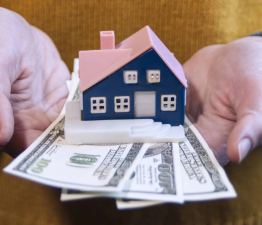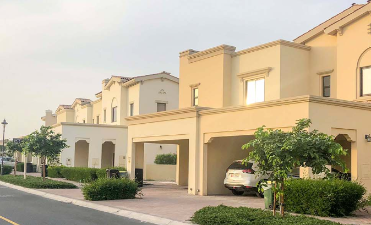The US real estate market in 2025 is completely crazy! According to the latest data from Zillow, the median house price in the United States has soared 6.8% year-on-year, and the increase in popular cities such as San Diego and Phoenix has exceeded 12%. The average price of single-family luxury homes in the core area of Silicon Valley has exceeded 5 million US dollars, setting a new record.

Tariff shock wave:
The 10% tariff imposed by the Trump administration on imported building materials is reshaping the US real estate market. Take wood as an example. Since the tariff policy was implemented in February 2025, the price of wood futures has soared by 13%, and the average construction cost of each new house has increased by 4,900 US dollars. A builder in Los Angeles said helplessly: "The price of a 2x4 wood strip has risen from US$3 to US$5, and the cost of wood alone for a 200-square-meter house has increased by US$12,000."
What's more serious is that domestic wood producers took the opportunity to follow suit and raise prices, forming a double squeeze of "import + domestic". According to Forest Economic Advisors data, the comprehensive cost of building materials in the first quarter of 2025 increased by 18% year-on-year, and all these costs were eventually passed on to home buyers. In Manhattan, New York, the price of an ordinary apartment increased by $500 per square meter due to the increase in building materials prices, and the total price increased by $40,000.

Labor shortage:
620,000 gap blocks the throat of housing supply
The chain reaction of Trump's tightening immigration policy is emerging. Data from the U.S. Bureau of Labor Statistics show that the labor gap in the construction industry has expanded from 340,000 in 2019 to 620,000 in 2024, resulting in a significant slowdown in the construction of new homes. In Houston, a medium-sized builder originally planned to build 100 new homes within a year, but was forced to postpone the project by 8 months because it could not recruit enough workers.
The labor shortage not only slowed down the construction period, but also pushed up labor costs. The average hourly wage of construction workers increased by 20%, further squeezing the profit margins of developers. A developer in Los Angeles revealed: "Now, for each house built, the labor cost is $30,000 more than in 2019, and it can only be digested by raising the selling price." This spiral of "cost-selling price" has put housing prices in a vicious circle of increasing regulation and rising prices.
Market Divergence:
Silicon Valley Luxury Homes Cost $5 Million, Rust Belt Cities Drop 10%
The US real estate market is experiencing a dichotomy. In Silicon Valley, home to the tech industry, the average price of luxury single-family homes has exceeded $5 million, doubling from 2020 to reach a record high. In Palo Alto, San Francisco's Bay Area, a 1950s-era home sold for $2.8 million, a staggering $23,000 per square meter—30% more expensive than downtown Manhattan.
In stark contrast, traditional industrial cities like Houma, Louisiana, saw a 12% year-over-year decline in home prices, with a 150-square-meter single-family home selling for just $180,000, a 25% drop from its 2022 peak. This divergence stems from industrial migration: tech companies are expanding to the Sun Belt, while traditional manufacturing cities are experiencing decline due to population outflow. Zillow predicts that by 2025, home prices will fall by more than 5% in 45 of the 300 major metropolitan areas across the US. The U.S. real estate market in 2025, from the sky-high luxury homes in Silicon Valley to the price cuts in the Rust Belt, from the tariffs on building materials to the labor shortage, this housing price feast hides a complex economic code. For investors, the technology cities in the Sunshine Belt are still high-value areas; for ordinary home buyers, they may need to wait for the window period when interest rates loosen.



